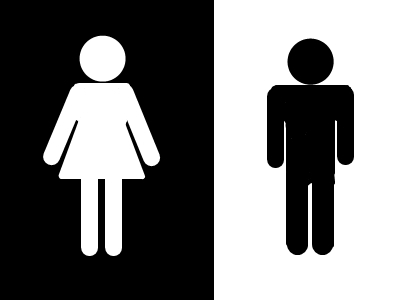Joint Borrower Sole Proprietor Buy to Let Mortgage.
Published / Last Updated on 17/05/2021

Joint Borrower Sole Proprietor Buy to Let Mortgage.
Many buy to let landlords will now be aware of the changes to how much tax relief can be claimed on financing charges (mortgage and loans) for buy to let investment property that started in April 2017 and are being gradually phased in over the next 4 years:
Firstly, the amount of Income Tax relief some landlords can get on residential property finance costs will start to be restricted to the basic rate of tax from 6th April 2017. This is being gradually phased in from April 2017 through to April 2010.
|
Tax year |
Percentage of finance costs deductible from rental income |
Percentage of basic rate tax reduction |
|
2017 to 2018 - |
75% |
25% |
|
2018 to 2019 - |
50% |
50% |
|
2019 to 2020 - |
25% |
75% |
|
2020 to 2021 - |
0% |
100% |
So last year (2016 to 2017), all of your finance costs could be offset against profits and if you are a higher rate or additional rate tax payer, tax relief was effectively given up to 40%/45%. This has now changed meaning that in 2017 to 2018 75% of your finance costs can be offset against full tax liability and 25% of your finance costs will be restricted to 20% relief. So for basic rate tax payers there is no change but for higher rate tax payers and above there is a significant change over the coming years. By 2020 all finance expenses will be restricted to 20% relief.
In another article, we have covered the option of Buy to Let Offset Mortgages, here we look at the Joint Borrower Sole Proprietor Buy to Let Mortgage
Joint Borrower Sole Proprietor Buy to Let
Many lenders are able to offer buy to let mortgages based upon rental income of property alone, with rental cover ratios (rent as a proportion of mortgage costs) required of 125% or 145% for higher rate tax payers. That said, there is still a question of affordability that all lenders must satisfy themselves that a borrower could meet the payments in difficult times.
There is a growing trend now as part of the tax planning routine to look at alternative ways people can finance buy to let given that tax changes for higher rate and additional rate tax payers. For a couple where one pays tax at 40% or 45% and the other is a basic rate tax payer (20%), the changes to mortgage finance expenses will mean the higher earner pays more tax as they can claim less relief.
A solution could be ‘Joint Borrower Sole Proprietor Buy to Let’.
There are only a few lenders offering this type pf mortgage at present, but there is increasing demand. The Joint Borrower Sole Proprietor Buy to Let Mortgage means exactly as it reads. The example above, the couple jointly borrow the money but the lower earner is the sole proprietor i.e. sole owner of the property meaning that all incomes are taken into account for the mortgage assessment, but when it comes to rental income, it is all only on the lower earner. Thus protecting rental income profits from the higher rates of income tax.
We suggest this type of mortgage could be ideal for couples that have different income levels and will become more popular for the buy to let market as the above tax changes have an even greater impact over the next 3 years.